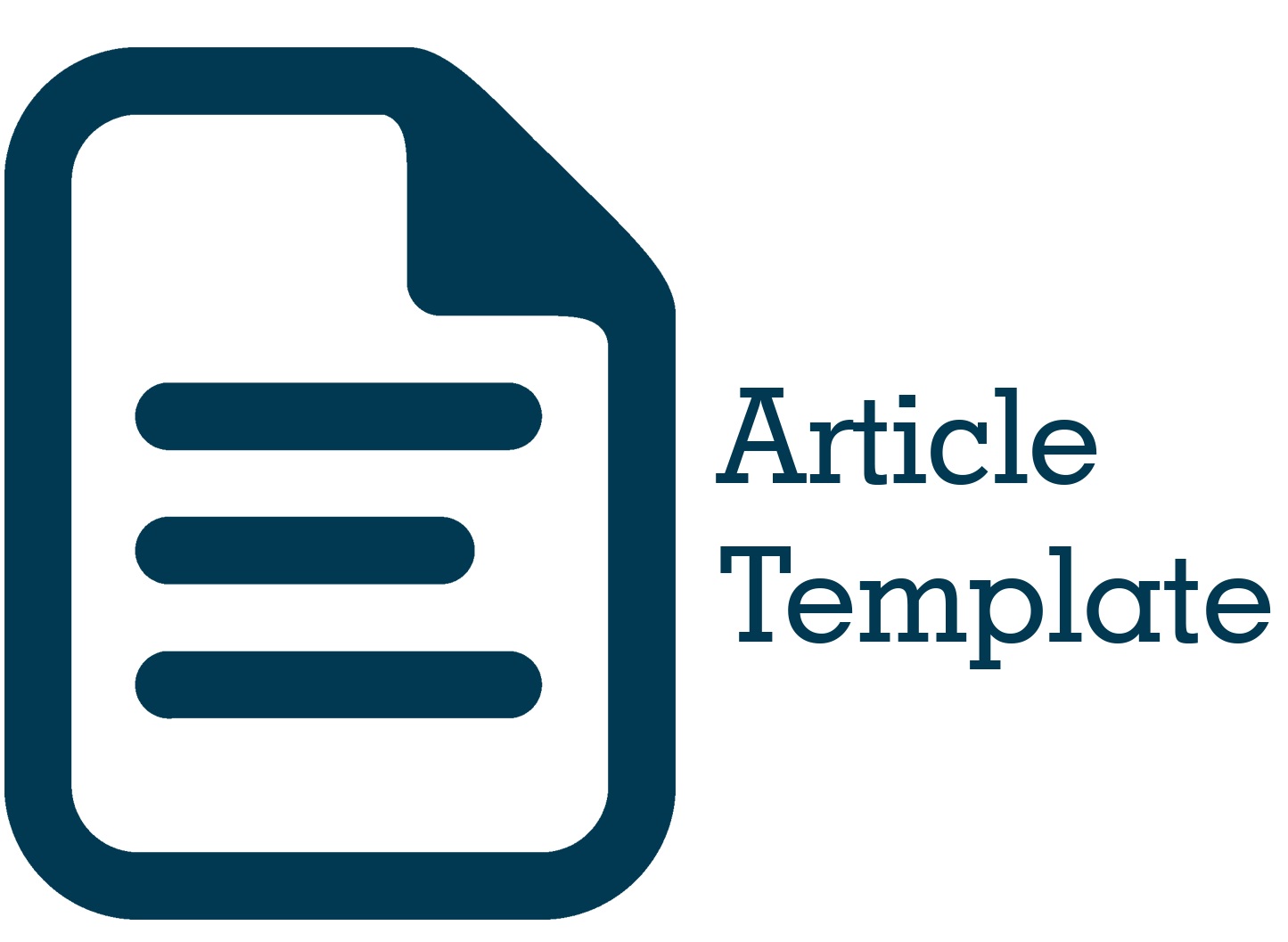The Impact of Workload, Burnout, and Organizational Commitment on Cyberloafing Actions
DOI:
https://doi.org/10.51135/PublicPolicy.v5.i2.p787-800Keywords:
Workload, Burnout, Organizational Commitment, CyberloafingAbstract
This study analyzes the influence of workload, burnout, and organizational commitment on cyberloafing actions. The rapid advancement of technology has led to significant changes in work patterns. A negative effect of internet technology is the indication that internet usage has no relation to work-related interests (cyberloafing). Increasing workloads have caused burnout and impacted organizational commitment. The method used in this research is quantitative. The test results show that, of the three hypotheses tested, one hypothesis was not supported, namely the effect of workload on cyberloafing." This study concludes that organizations need clear regulations and internet usage monitoring. Development and training are also necessary to build a culture of innovation and creativity.
Downloads

Downloads
Published
How to Cite
Issue
Section
License
Authors whose manuscripts are published in the Journal of Public Policy must agree to the following terms;
- Publication rights for all manuscript materials published are held by the editorial board with the author's consent.
- The legal formalities for digital access to the Journal of Public Policy are subject to the Creative Commons Attribution Sharealike (CC BY SA) license, which means the Journal of Public Policy has the right to store, redistribute, reformat, manage in a database, maintain, and publish the manuscript without seeking permission from the author as long as the author's name is included as the copyright owner.
- Published manuscripts are open access for the purpose of disseminating research results. Besides this purpose, the editorial board is not responsible for copyright law violations.


.png)



